
- Scotts Turf
- Size: 8,000
- Item Weight 26.6 pounds
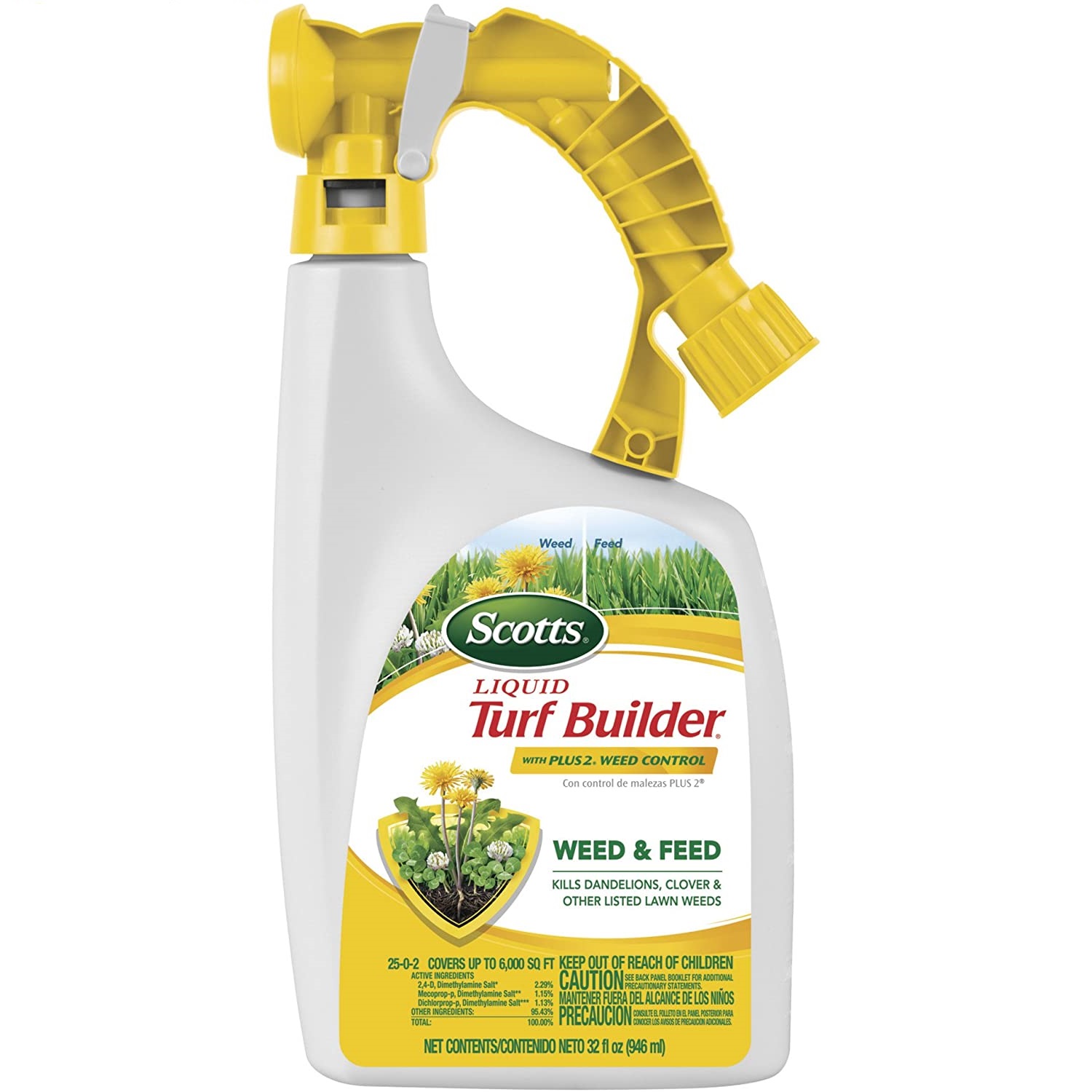
- Scotts Liquid Turf Builder
- Item Weight 2.7 pounds
- 4.75 x 9.75 x 2.43 inches
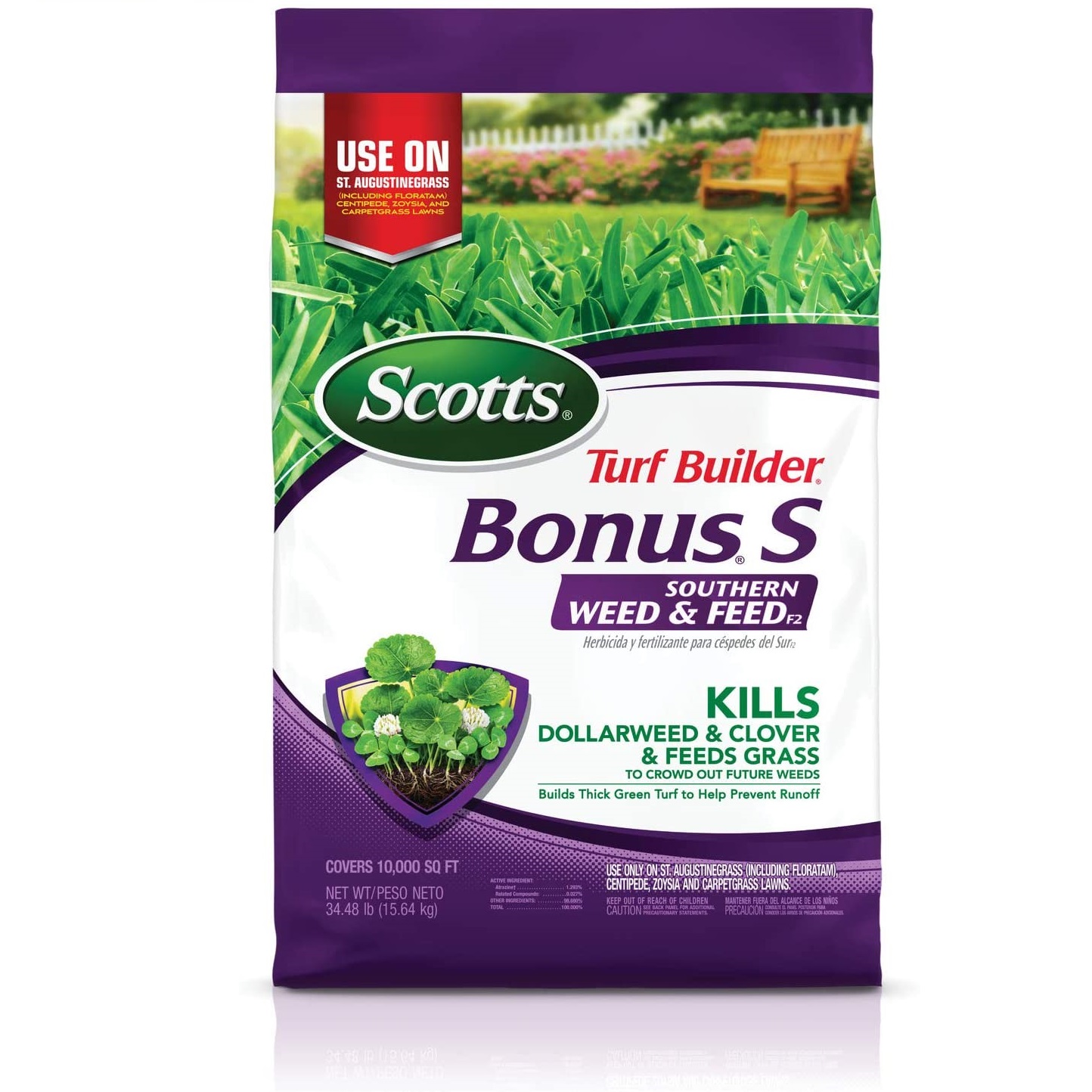
- Scotts Turf Builder
- Style: Florida
- Item Weight 34.6 pounds
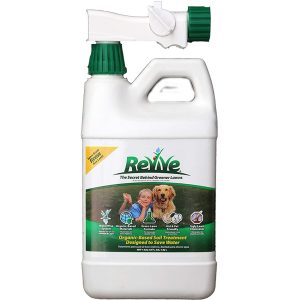
- Brand: REVIVE
- Item Weight 1 pounds
- Revive
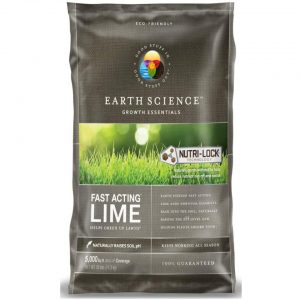
- Size: 25 lb
- Granules form
- Naturally raising
Choose the Best Fertilizer for Сlover
Customer’s Choice: the Best Rated Fertilizers for Сlover
7 users answered this survey. Please help us improve this review!
You’ve probably been thinking about how to get rid of unwanted clover in lawns previously since everyone loves a beautiful, green lawn. Naturally, people have this question when they observe this plant growing in huge clusters on their grass.
This guide shows how to stop clovers from growing in your lawn while fertilizing it at the same time. The following products contain an herbicide capable of killing unwanted clover plants and the nutrients to build a stronger, thicker, greener lawn.
Benefits of fertilizers:
- Reliable and predictable results;
- Can be used even in poor soil for immediate fertilization;
- Give a sufficient amount of nutrients;
- Affordable;
- Easy to use;
- Helps to grow a thicker and healthier lawn;
Make sure to buy one of top five fertilizers for clover control and lawn maintenance. Hopefully, the guide may help you to find the best remedy for your garden.
Table of Contents
Scotts Turf Builder Southern Triple Action – the best for southern lawns!
 Warm-season grasses require a weed and feed product that can withstand heat and dryness. This Scotts Turf Southern product can help with it. It’s safe for St. Augustine, Zoysia, centipede, and carpet grass, and it’s specially designed for use on warm-season grass lawns.
Warm-season grasses require a weed and feed product that can withstand heat and dryness. This Scotts Turf Southern product can help with it. It’s safe for St. Augustine, Zoysia, centipede, and carpet grass, and it’s specially designed for use on warm-season grass lawns.
It is not, however, advised for application on Bermuda grass. This product also includes an insecticide that is effective against mole crickets, fleas, fire ants, sod webworms, and other pests for up to 6 months.
Dollarweed and clover are killed, fire ants are prevented and killed, and your lawn is fed and strengthened to withstand heat and drought.
This Scotts product stands for a unique three-in-one solution that protects and kills fire ants for up to six months, eliminates tenacious weeds like dollarweed and clover, and nourishes and protects your lawn against popular southern strains like heat and dryness.
Scotts Liquid Turf Builder with Plus 2 Weed Control Fertilizer – the best for ease of use!
 Scotts Liquid Turf Builder with Plus 2 Weed Control provides a fast burst of nitrogen to feed your lawn in as little as 24 hours while also reducing weeds. Simply connect the hose to the sprayer and spray while the weeds are growing strongly.
Scotts Liquid Turf Builder with Plus 2 Weed Control provides a fast burst of nitrogen to feed your lawn in as little as 24 hours while also reducing weeds. Simply connect the hose to the sprayer and spray while the weeds are growing strongly.
Clover, chickweed, buckhorn, dandelion, knotweed, oxalis, ground ivy, pigweed, poison ivy, ragweed, spurge, and similar broadleaf weeds can be killed with this effective product.
You’ll be able to fertilize the lawn while eradicating dandelions and clover with ease. All you have to do now is spray it evenly over your lawn starting from the farthest point. It provides 6,000 sq. ft. of coverage. It also gives your lawn the best possible maintenance.
This product by Scotts provides a fast boost of nitrogen while also reducing weeds in your lawn. It’s also simple to use: just connect the applicator to your spray and hose. It may be used in every season and with virtually any kind of grass.
Scotts 21031 Turf Builder Bonus S Southern Weed & Feed – the best for coverage!
 Clover, blue toadflax, dollarweed, black medic, buckhorn, chickweed, and dandelions are among the plants that this weed and feed product helps to kill.
Clover, blue toadflax, dollarweed, black medic, buckhorn, chickweed, and dandelions are among the plants that this weed and feed product helps to kill.
Regular applications provide your lawn the nutrition it needs to be healthy and resist the challenges of heat, drought, and household activity. St. Augustine (Floratam), zoysia, centipede, and carpet grass lawns all benefit from this fertilizer.
The regular use of this Scotts fertilizer will destroy weeds while also thickening your lawn, which will assist to keep new weeds at bay.
Revive Ready-to-Spray Soil Builder – the best non-toxic formula!
 This Revive solution may be a great option for greening your grass overnight. You’ll receive a non-toxic mixture that boosts your grass’s nutrition absorption. The Revive liquid fertilizer also includes a spray bottle applicator that makes it simple to apply to your lawn.
This Revive solution may be a great option for greening your grass overnight. You’ll receive a non-toxic mixture that boosts your grass’s nutrition absorption. The Revive liquid fertilizer also includes a spray bottle applicator that makes it simple to apply to your lawn.
This product is manufactured in the United States and can cover an area of up to 4,000 square feet.
The applicator lets water into the container, which is mixed with the fertilizer in exact proportions. With this product, you won’t have to worry about burning your lawn; you’ll receive an even application at the appropriate dosage for a healthy lawn.
This product promotes aeration in your soil, enabling water, fertilizer, and air to reach the roots. There’s no need to aerate your lawn mechanically, and you receive compaction protection while increasing soil drainage.
This mixture includes “lignosulfonates” – these chemicals gently release carbon deposits into the lawn, providing nutrients to the microorganisms in your soil.
This product is safe for both dogs and humans since it is non-toxic and has no hazardous chemicals. This Revive formula provides an aerating effect to the roots of the grass, allowing for more ventilation and healthier grass growth.
Earth Science Lime – the best for the soil!
 The Earth Science Lime solution may help you raise the PH of your soil so that your plants can thrive. Lime balances the PH of any soil, allowing all plants to develop to their full potential. There’s virtually no such thing as too much lime on your lawn or garden. With Nutri-Bond, this lime is also quick to act.
The Earth Science Lime solution may help you raise the PH of your soil so that your plants can thrive. Lime balances the PH of any soil, allowing all plants to develop to their full potential. There’s virtually no such thing as too much lime on your lawn or garden. With Nutri-Bond, this lime is also quick to act.
The Buyer’s Guide
The NPK value
Fertilizer provides three essential nutrients to plants: nitrogen, phosphorus, and potassium. This nutritional trifecta is so essential to plant health that every fertilizer package includes an NPK value. The NPK value is the proportion of nitrogen (N), phosphorus (P), and potassium (K) in fertilizer by volume.
A fertilizer with an NPK of 10-12-4, for example, includes 10% nitrogen, 12% phosphorus, and 4% potassium (the remaining parts are mostly filler ingredients).
Types of fertilizers for killing clover
With your soil’s NPK ratio in mind, you’ll look for that set of values in a variety of fertilizer types:
1) Organic fertilizers
Most organic mixes deliver nutrients from three months to ten years, depending on the type and mixture – although organic fertilizers are more expensive than synthetic fertilizers (usually ranging from $0.75 to $3 per pound), they need less frequent reapplication. Organic fertilizers may be used in the garden or on the lawn.
Organic fertilizers are almost always water-insoluble, which means they won’t dissolve if you water them. Organic fertilizer, on the other hand, takes considerably longer than liquid or quick-release fertilizer with chemicals to enhance your plants. Organic fertilizers should be naturally degraded by microorganisms once applied before releasing nutrients into the soil.
2) Synthetic fertilizers
Chemically treated substances such as ammonium nitrate or urea are used to make synthetic fertilizers. These fertilizers offer a good supply of primary nutrients but don’t add any microorganisms to the soil, thus the structure and water retention of the soil stay unchanged. Synthetic fertilizers are less expensive (about $0.50 to $2 per pound) and enhance plants faster than organic fertilizers.
However, because of their quick action, they won’t give nutrients to the soil for as long – only 2-8 weeks, based on the fertilizer – whereas organic fertilizers supply nutrients for as long as the microorganisms break down them. While these fertilizers need regular application, overuse may result in fertilizer burn or destruction of most useful soil microorganisms. If you choose a synthetic alternative, be sure to stick to the manufacturer’s suggested dosage and recommendations.
3) Liquid fertilizers
Water-soluble fertilizers, such as liquid products, should be dissolved in water before being administered to the soil using a hose-end sprayer or a watering pot. These mixes release nutrients into the soil quickly, and plants typically improve within days after application. Liquid products, on the other hand, need regular re-application since they only provide nutrients to the soil for two to three weeks. These fertilizers are often used for growing both outdoor and indoor plants.
4) Granular fertilizers (quick-release)
Quick-release water-soluble granules usually make up effective granular fertilizers. For this product to break down and release nutrients into the soil, gardeners must sprinkle or distribute the granules over the soil surface, blend them into the topsoil, then water them.
These mixes provide nutrients for 3-4 weeks, so they don’t need to be reapplied as often as liquid fertilizers. But because of their slow decomposition rates, quick-release granular formulas may take a week or more to benefit plants. These fertilizers are popular for both garden and lawn usage.
5) Granular fertilizers (slow-release)
Water-insoluble granules supplied coated with a semi-permeable substance make up slow- and controlled-release granular fertilizers. These products are placed on the surface of the soil, then they are covered with compost or the soil.
These granular products deliver nutrients into the soil more slowly than liquid products or quick-release granular types, providing nutrients to the soil for up to nine months and benefiting plants as soon as two weeks after application. The gradual release reduces the danger of the plant being burned.
6) Controlled-release fertilizers
Controlled-release formulas of fertilizers release nutrients at a predetermined pace that is dependent on the soil temperature, while slow-release fertilizers release nutrients at a variable rate that is dependent on a variety of variables such as soil temp, humidity, and pH.
Slow-release granular fertilizers are somewhat more costly than quick-release formulas, but their power to remain in the soil for longer periods of time saves you fertilizer (and money). Gardeners may get the best results just by spreading such a product once or twice each growing season. These fertilizers are often used in lawn applications.
Popular fertilizer formulas
Weed and Feed
Weed and feed fertilizers combine fertilizer with basic weed control, addressing two issues at once. Various fertilizers manage different types of weeds, so study the labels carefully to choose the right product for your lawn. Weed and feed fertilizers should not be used on fresh sod/grass seed because they frequently include pesticides that prevent seeds from germinating.
Winterizer
A winterizer fertilizer aids in the preparation of lawns for the winter. Increased nutrition levels prior to the onset of severe winter weather will maintain the lawn healthy, improve disease resistance, and encourage spring development. The fertilizer is sprayed in the late fall, yet the lawn does not grow in the fall. Choose a winterizer with a high nitrogen concentration if you have cool-season grass. Warm-season grasses benefit from a winterizer that is low in nitrogen but rich in phosphorus and potassium.
Lawn-starter
A lawn-starter fertilizer is used to promote the growth of fresh sod or grass seedlings. The phosphorus content of starter fertilizer is sufficient in order to strengthen the young grass’s roots.
Time of application
When you should fertilize your lawn is mainly determined by the kind of grass you have. Multiple fertilizer treatments throughout the year are the best method to sustain a healthy lawn all year for any kind of grass.
Warm-season grasses like zoysia, centipede, and Bermuda should be fertilized 2-4 times each year, including right before spring, when the grass starts to develop, and at the end of the summer. Until the end of the summer, fertilize every 6-8 weeks.
Fertilize cool-season grasses such as fescue, Kentucky bluegrass, and ryegrass soon after they emerge from winter hibernation and again at the start of fall. During the hottest summer months, do not fertilize.
Useful Video: The Best Fertilizer For My Clover Food Plots
Final thoughts
More than any other treatment plan, proper and frequent lawn fertilization may improve or sustain poor-quality turfgrass. Proper fertilization results in thick, medium-to-dark-green grass that is resistant to pests, environmental stressors, and weeds such as clover.

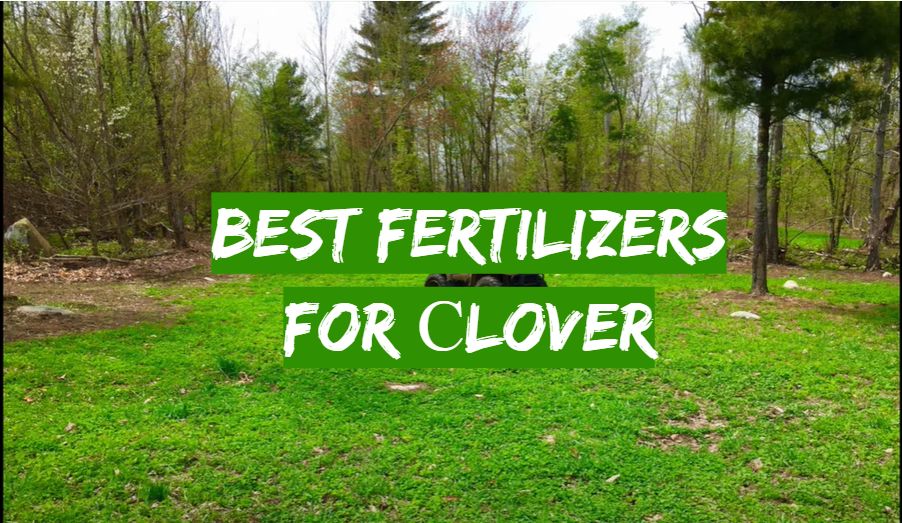

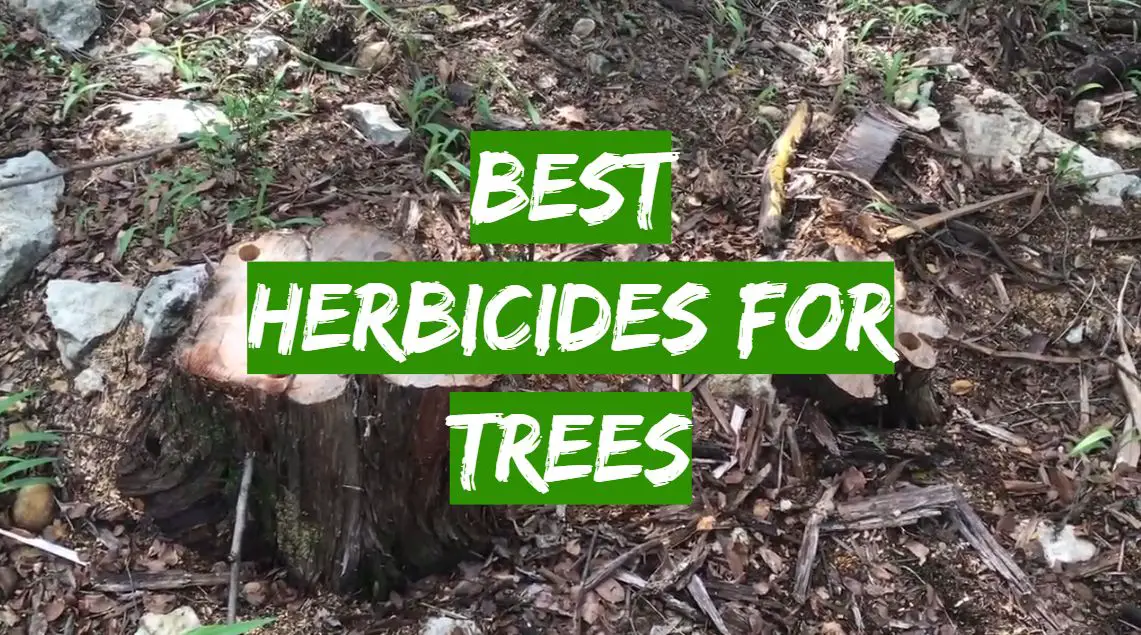
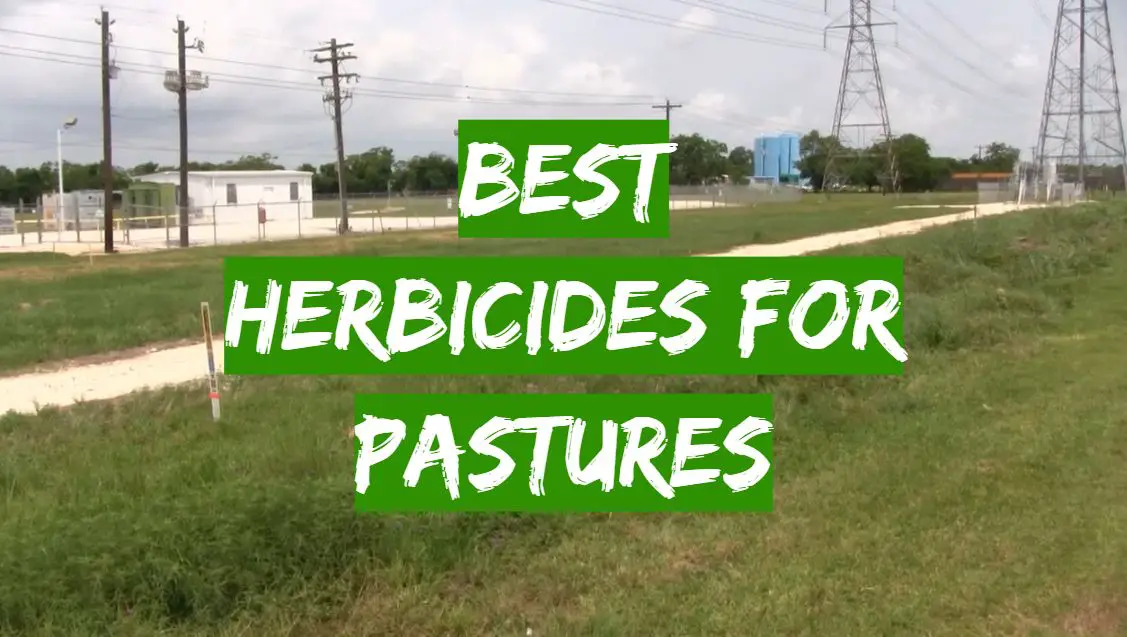
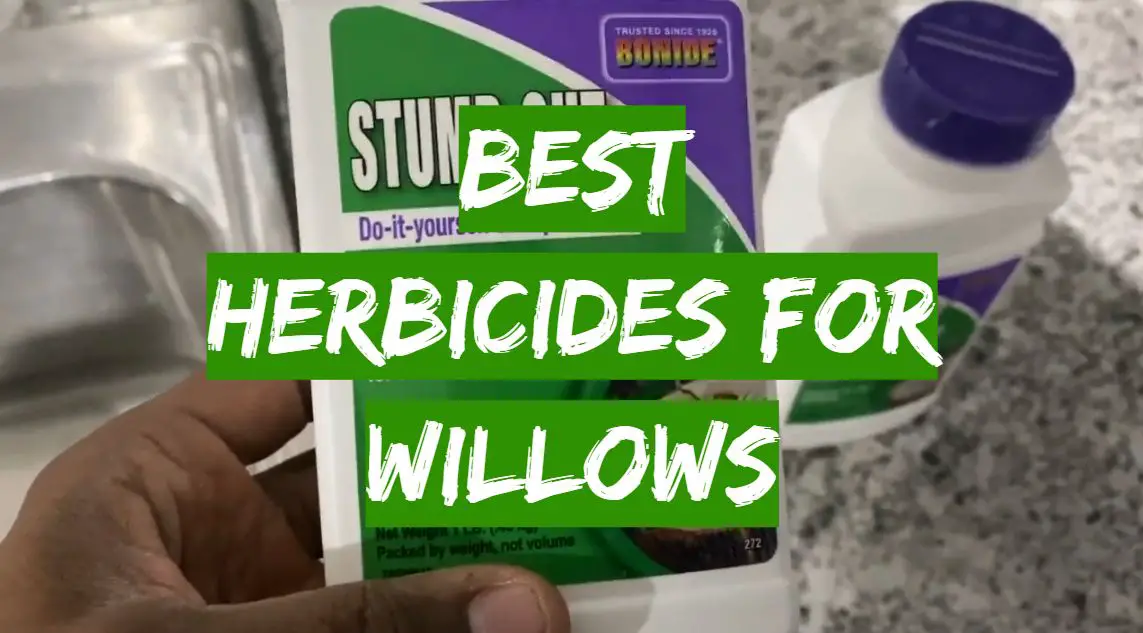
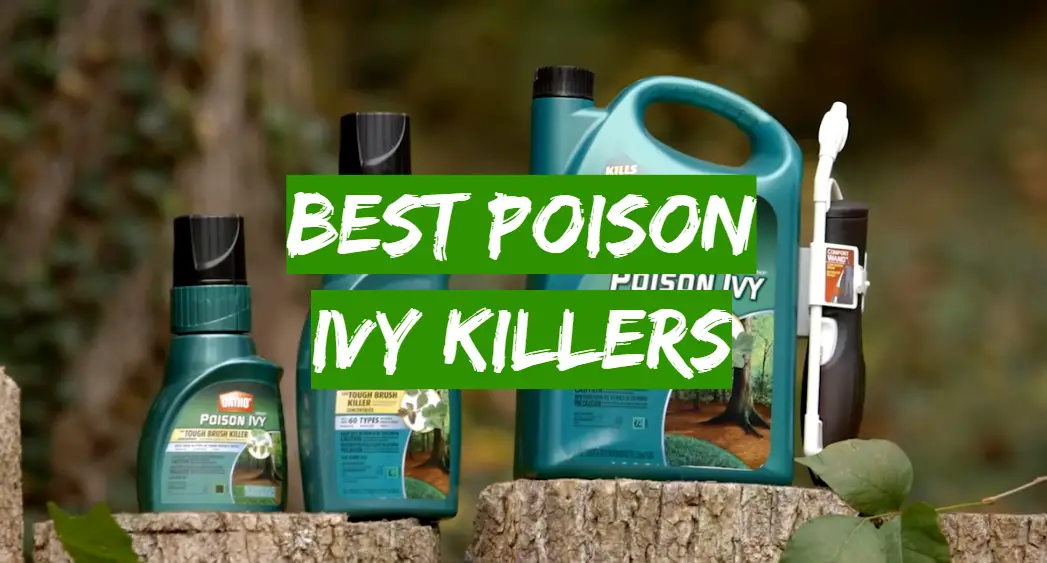
Leave a Reply
View Comments